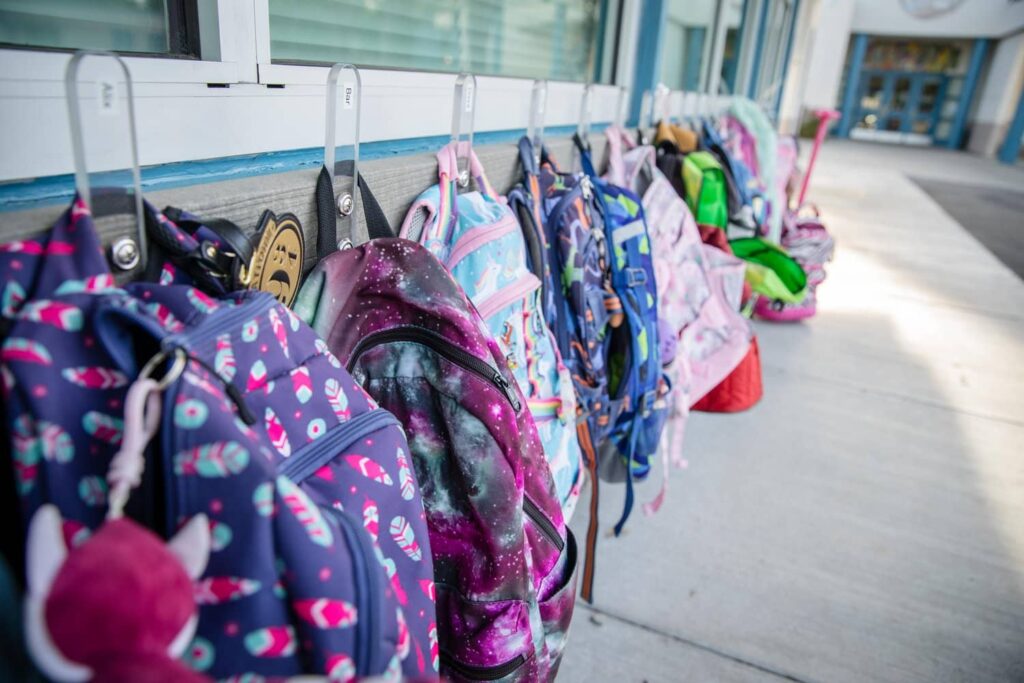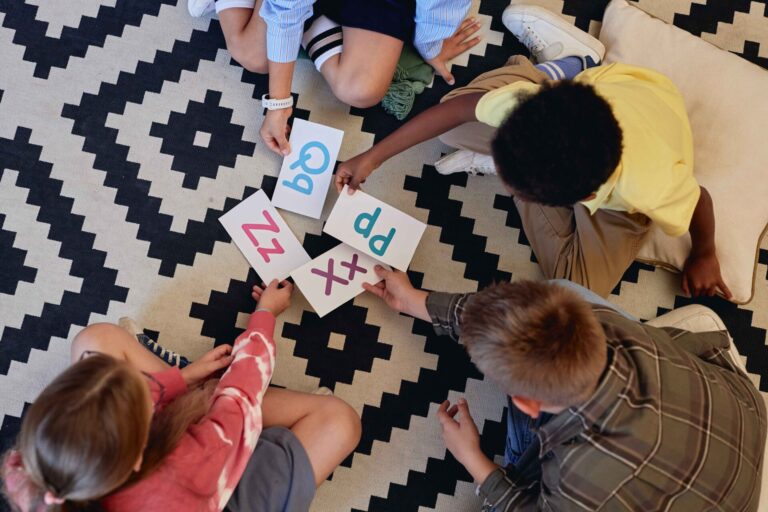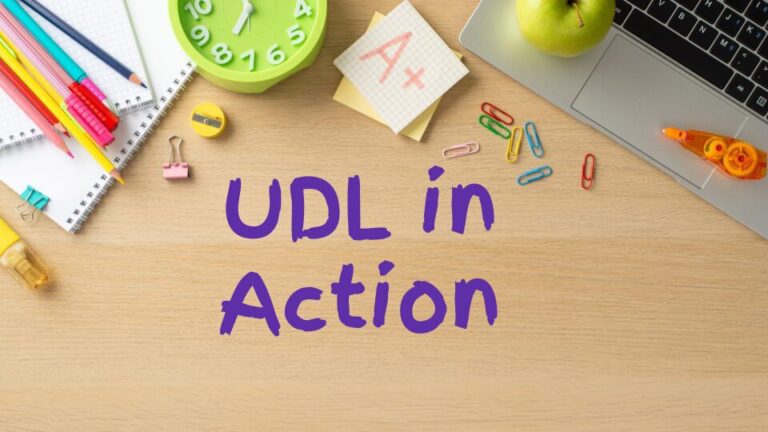In today’s fast-paced educational environment, taking the time for thoughtful reflection can be a transformative practice for both students and educators. By dedicating moments to pause and process experiences, we not only acknowledge and celebrate achievements but also critically evaluate our actions and methods. This reflective practice fosters a deeper understanding of our learning journey, encourages consideration of diverse perspectives, and aids in planning future improvements.
Reflection allows us to pause and process our experiences and interactions. It allows us to recognize and celebrate accomplishments and progress made, think critically about our actions and practices, consider alternate perspectives, and plan for improvements or changes we may wish to implement moving forward.
Continuous reflection is powerful for students and teachers alike! In this article, we will discuss ways in which you can engage your students in meaningful reflection, as well as ideas for purposeful self-reflection for teachers.
Working Reflections Into the Classroom
It can be overwhelming for students and teachers to try to think through and answer a laundry list of reflection questions. There are many simple ways to implement reflection into your instruction or routines.
-
One or Two at a Time
Rather than trying to cram 50 reflection questions, you might consider posing a question or two a day to students throughout each quarter of school. This will allow students to give deeper thought to each individual question instead of breezing through a long list of questions. You could pose these questions to students during morning meetings or class circle, in a quick-write format, or even have them reflect in pairs or small groups.
-
Move Around
Get students up and moving as they reflect through a scoot or musical chairs activity where students rotate to different areas or stations until they have had a chance to reflect upon and answer the questions you prepare.
-
Go Digital
Leverage the power of Seesaw’s multimodal tools by engaging students in digital reflections that they can add to their digital learning portfolio for the year. Whether you choose to assign one of our ready-to-go highlight lessons created by our talented Seesaw curriculum developers or wish to create a customized reflection activity completely from scratch, the sky’s the limit when it comes to using Seesaw as a resource for digital quarterly reflections!
Try this highlights lesson for grades 3-4
Questions for Students
This is certainly not an exhaustive list, but here are some ideas of quarterly reflection questions to pose to your students:
-
-
- What’s something you accomplished this quarter that you’re proud of?
- What was your favorite part of class this quarter and why?
- What was the most challenging part of class this quarter and why?
- If you could change one thing about your learning experience so far, what would it be and why?
- How did you know you were learning?
- What was your favorite moment at school this quarter? (nicest moment, most exciting subject, funniest memory, etc.)
- Describe your school so far in three adjectives, or three words.
- How do you think you’ve grown?
- What’s your favorite thing you learned so far?
- What is your favorite subject?
- What’s something you wish you had learned and why?
- How prepared & excited do you feel for upcoming learning?
-
Reflective Teaching Practices
Engaging in reflection allows for teachers to continuously engage in ongoing professional development. Examining your own practices can be a great starting point in deciding where you want to improve or expand your knowledge base. Reflective practices allow for us to keep a pulse on the ever changing educational landscape and ensure that our teaching is relevant to our students. Consider implementing one of these reflective teaching practices into your routine:
-
Peer observations
Team up with a colleague and take turns observing each other and providing feedback. You could give them some specific look-fors or just keep it more broad.
-
Gather data
Taking some data on your own teaching practices can be incredibly powerful. Consider tracking the types of questions you ask students, what portion of their day students are engaged in instructional time, how much you are talking, how much time students are talking, ways in which you offer suggestions or corrections to students, student interactions, etc.
-
Record yourself teaching
Although the thought of it can make some teachers cringe, recording yourself teaching can be a great way of not having to try to remember specific details or take notes while you teach. It allows you to come back and watch it later. You might also catch things you didn’t notice in the moment.
-
Start a reflection journal
Journaling is such a customizable approach to self-reflection. You could write your reflections in a physical journal, keep an ongoing reflection journal document digitally, or use any other format that feels right for you. You could try some of the reflection questions suggested below, or simply journal stream-of-consciousness style after a lesson!
-
Make a list
Maybe even less time-consuming than keeping a reflection journal, making a list can be a quick and easy way to embrace gratitude and mindfulness. A few ideas for getting started with list-making include ways I’m thankful for my students, ways I’m thankful for my students’ families, ways I’ve celebrated myself, and ways I’ve persevered.
Try this highlights lesson for grades 1-2
Reflection Questions for Teachers
-
-
- What did you accomplish that you’re most proud of?
- What would you change about and why?
- What do you feel you could have improved in your instruction?
- How did you grow professionally?
- What was your most stressful moment or biggest challenge? How did you overcome it?
- What was your biggest mistake and how can you correct it and prevent it from happening in the future?
- How did you make an impact on your students?
- How well did you manage your classroom? How could you do a better job?
- What was the strongest part of your curriculum? What was the weakest and how can you improve it?
-
Looking for Resources?
The Seesaw Library includes ready-to-assign lessons that are chock-full of engaging learning experiences and activities with built-in scaffolding to support all learners! Highlight your students as learners each quarter as they select and reflect on content-area work to build a portfolio. Guide students to show pride in and take ownership of their cumulative learning as they share it with others. The Highlights Collection is perfect for student reflection for each quarter:

Deepen Student Engagement & Diversify Learning Strategies with Seesaw
As you reflect on specific ways in which you can improve your teaching strategy, consider using Seesaw to make your teaching even more impactful and your life easier! Seesaw is such a powerful tool for deepening student engagement and diversifying learning strategies for learners!





